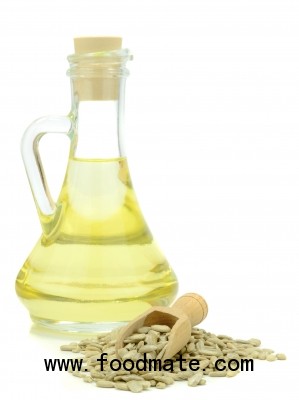Gut health and probiotics have been all the rage over the past few years, with copious amounts of new food and beverage products coming onto the market positioning themselves based on their probiotic benefits.
There is, however, a missing link to the gut health puzzle—prebiotics, the fuel for the live probiotics that are already naturally inside the human body, that only in recent months have begun to gain the attention they so rightly deserve.
With science continuing to build in the field of gut health, and the essential roll prebiotics play in ensuring gut bacteria can thrive, it should come as no surprise that the global prebiotic market is projected to grow at a compound annual growth rate (CAGR) of 10.4 percent, reaching US$7.37 billion by 2023, according to ResearchAndMarkets.com.
With prebiotics coming in many forms, such as various prebiotic fibers or resistant starches, as well as more emerging science showing the prebiotic potential of various polyphenolic compounds, it’s important to explore which products are naturally rich in prebiotics, what products have been specifically formulated to promote a prebiotic benefit and which direction product innovation is moving in the prebiotic space.
Naturally prebiotic-containing foods
The natural liquid sweetener and syrup category is currently the most inundated with natural prebiotic-rich ingredients. Derived from tapioca and corn, the prebiotic isomaltooligosaccharide (IMO) is extracted to make liquid sweeteners, while yacon syrup is an additional example, bursting with prebiotic fructooligosaccharide (FOS). Many liquid sweeteners and high-fiber, sugar-free pancake syrups feature IMO and FOS, promoting their prebiotic benefits.
Outside of the natural sweetener category, ingredients such as green banana flour, naturally rich in prebiotic resistant starch, and tiger nuts rich in prebiotic soluble fiber are beginning to make their way into the baking mix categories. Legume-based pastas such as mung bean or chickpea pasta are also gaining popularity.
Konjac noodles, widely promoted for their lack of net carbohydrates and use in weight management, are another prebiotic-rich ingredient..
Products formulated to incorporate prebiotics
More and more products are starting to highlight that they contain prebiotic fibers as part of their marketing messages on labels.
There are numerous products in the high-protein, low-carbohydrate space, such as protein bars, protein pancake mixes, protein breads and waffles, as well as protein ice creams that use prebiotic fibers as a sugar replacement.
This may have originally been undertaken due to prebiotic fiber’s mildly sweet flavor profile and ability to boost the fiber claim of a product while minimizing the need for added sugars. Many of these products, however, will be formulated using the IMO mentioned above. The issue here for consumers is that this particular type of prebiotic is required in much higher doses if it is to have any sort of prebiotic efficacy.
As consumers gain more understanding in this space, it will be up to brands to decide whether they would like to simply have an additional marketing message, or whether to look into other ways of incorporating prebiotics in levels that are known to be more beneficial for their customers as a way of aligning their messaging and being a trustworthy source.
Which direction is product innovation going?
A number of emerging brands have put prebiotics at the forefront of their messages and are paving the way as pioneers in this space.
With the establishment of the probiotic category, and consumers already seeking out gut-healthy products, the creation of synbiotic prebiotic and probiotic products is both a health-promoting and smart approach that progressive companies in this space have taken.
Currently, some of the standout products are Wonder Drink kombucha boosted with prebiotic xylooligosaccharides (XOS), probiotic and prebiotic combined flavored beverages from Go Live, probiotic and prebiotic Truth Bars that position themselves as though they taste as good as a candy or chocolate bar, and bars such as Rowdy Bar or the Microbiome Bar that focus entirely on their prebiotic digestive benefits.
Up until now, most of the product innovations in the gut health space—inclusive of both products made with the addition of probiotics or prebiotics—have been focused almost exclusively on the digestive health benefits.
As science continues to unveil the myriad areas of health impacted by the gut, more brands will likely begin to distinguish themselves with more unique positions, such as a focus on the connection between prebiotics and mood.
Source:www.naturalproductsinsider.com







